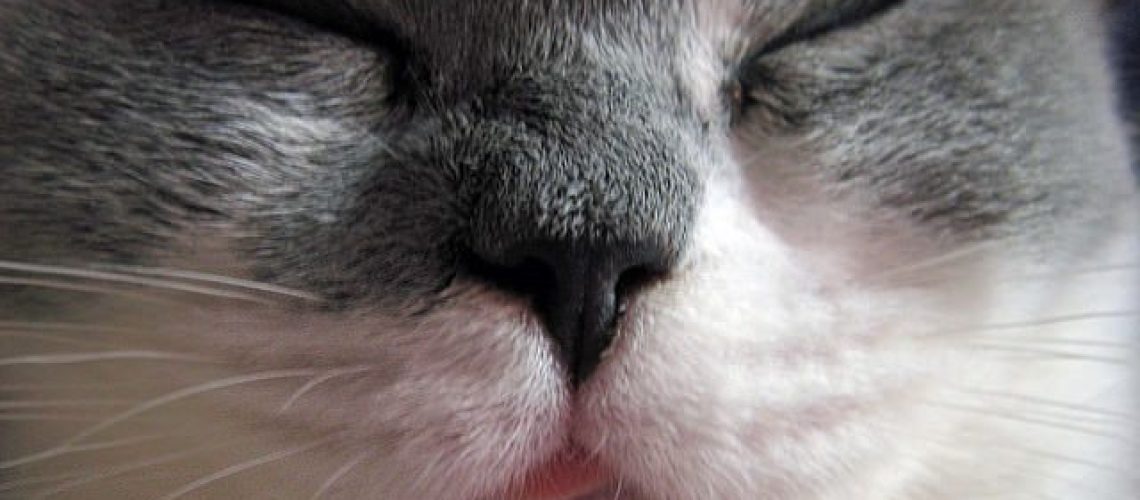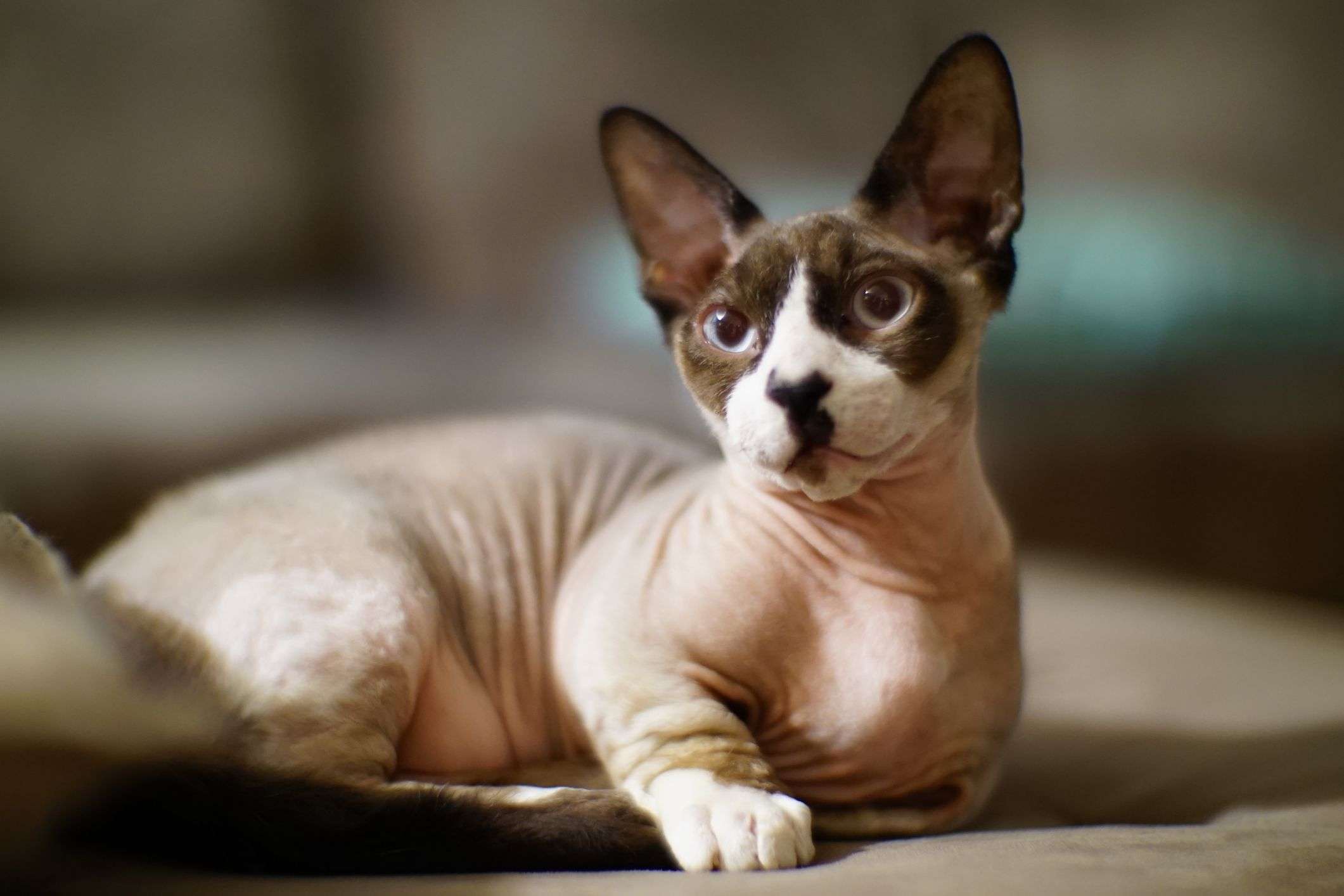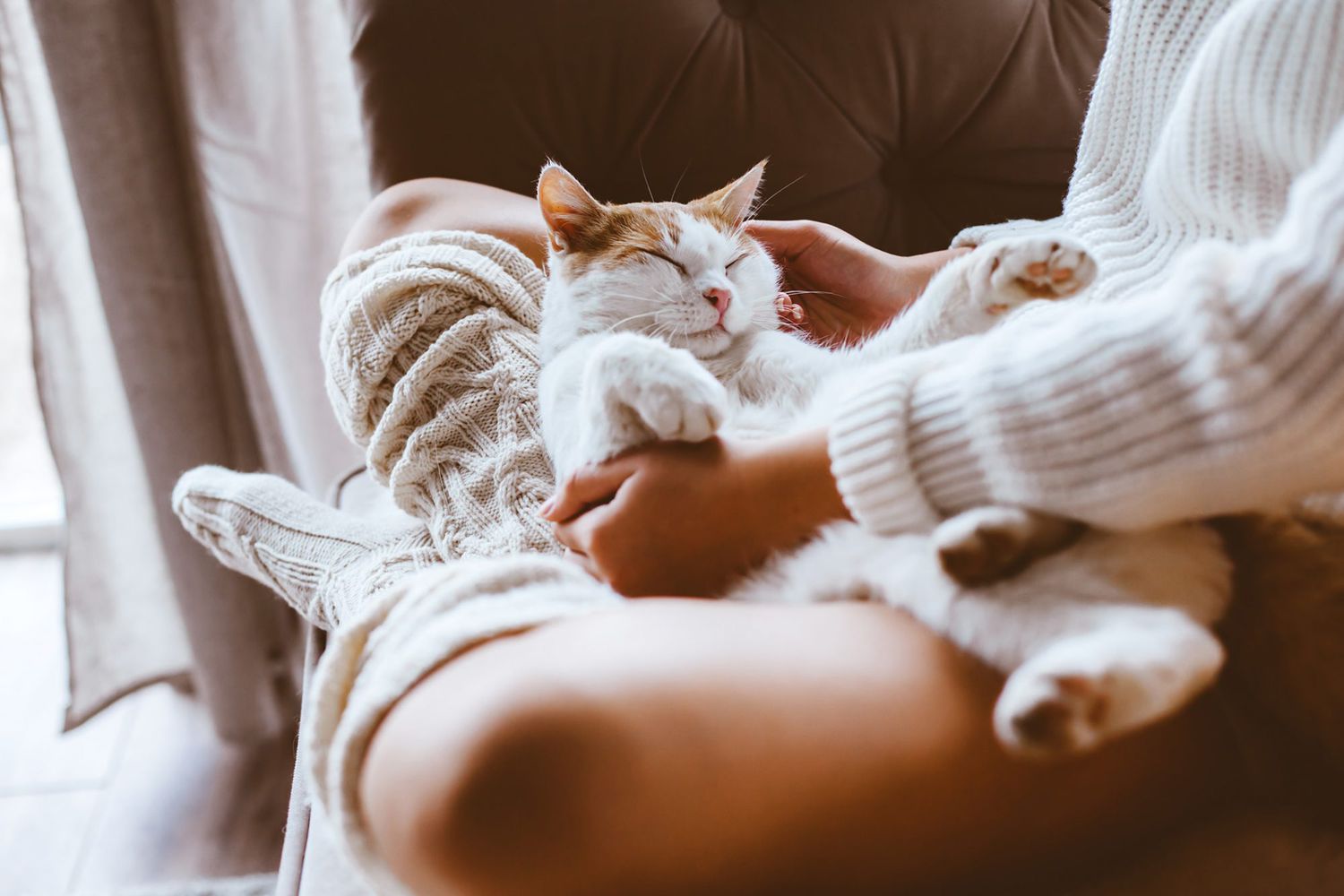Do you ever wonder if your furry friend is truly happy? Understanding the signs of your cat's happiness can not only deepen your bond with them but also ensure their overall well-being. In this article, we will explore the world of Kitty Bliss and uncover the telltale signs that indicate your cat is genuinely content. By learning these signs, you'll be able to provide a loving and fulfilling environment for your feline companion, leading to a happier and healthier life together. So, let's dive in and discover the secrets behind your cat's happiness!
Key Takeaways:
- Content and relaxed body language: A happy cat will have a relaxed posture, with their body stretched out or curled up comfortably.
- Purring: Purring is a sign of contentment and happiness in cats. If your cat purrs when they are around you, it means they are happy and feel safe.
- Playfulness: A happy cat will engage in play regularly. They will chase toys, pounce on objects, and exhibit high energy levels during playtime.
- Social behavior: Happy cats enjoy human interaction and seek attention from their owners. They may rub against your legs, knead on your lap, or follow you around the house.
- Healthy appetite: A cat that is truly happy will have a good appetite. They will eagerly eat their meals and show enthusiasm towards treats or special food items.
Signs of a Happy Cat: How to Tell if Kitty Bliss is Feeling Joyful
Understanding Your Cat's Happiness
As a cat owner, it's important to know when your furry friend is feeling happy and content. When cats are happy, they show certain behaviors that indicate their joy and satisfaction. By understanding these signs, you can ensure that your cat is living a fulfilled and happy life.
Some common signs of a happy cat include purring, relaxed body language, and an appetite for play. When your cat purrs, it means they are content and comfortable in their environment. A relaxed body posture, such as lying on their side with their paws tucked in, indicates that your cat feels safe and at ease.
In addition to physical signs, pay attention to your cat's behavior during playtime. If they eagerly engage in play and show enthusiasm for toys or interactive activities, it's a clear sign that they are experiencing joy and happiness.
Content and Satisfied: Signs that Indicate Kitty Bliss is Happy
The Language of Feline Happiness
Cats have their own unique ways of expressing happiness. Understanding these signs can help you gauge whether your feline friend is feeling content and satisfied.
A common sign of kitty bliss is the slow blink. When your cat looks at you and slowly closes its eyes before opening them again, it's like a feline "I love you." This gesture shows trust and relaxation.
Another indicator of happiness is the presence of an upright tail with a slight curve at the tip. This shows confidence and contentment. Additionally, if your cat rubs against you or objects in your home with its cheeks or head, it's marking its territory as a sign of comfort and happiness.
The Importance of Understanding Your Cat's Happiness: Why It Matters for Kitty Bliss
Creating a Harmonious Bond with Your Feline Companion
Understanding your cat's happiness is crucial for building a strong bond and ensuring their overall well-being. When you can identify signs of happiness, you can provide an environment that promotes joy and contentment.
By meeting your cat's emotional needs, such as providing them with affection, playtime, and a safe space to explore, you are fostering a positive relationship. This connection not only brings happiness to your cat but also enhances your own sense of fulfillment as a pet owner.
Moreover, recognizing signs of unhappiness or stress in your cat allows you to address any underlying issues promptly. This proactive approach helps prevent behavioral problems and ensures that your furry friend remains happy and healthy.
Behaviors that Show Kitty Bliss is Experiencing Joy and Pleasure
Tail Wagging, Kneading, and Happy Sounds
Cats display various behaviors when they are experiencing joy and pleasure. These actions can give you valuable insights into your cat's emotional state.
A wagging tail is often associated with dogs, but cats also use this movement to express excitement or happiness. If your cat's tail is held high and wagging gently from side to side, it indicates contentment.
Kneading is another behavior commonly seen in happy cats. When they rhythmically push their paws against soft surfaces like blankets or your lap, it harks back to their kitten days when they kneaded their mother's belly for milk. This action shows relaxation and comfort.
Happy sounds such as chirping or trilling are also indicators of kitty bliss. These unique vocalizations express joy and can often be heard when your cat is excited about playtime or anticipating a meal.
Creating a Happy Environment for Kitty Bliss at Home: Tips and Tricks
Making Your Home a Haven for Happiness
Your home plays a significant role in your cat's overall happiness. By making a few simple adjustments, you can create an environment that promotes joy and contentment for your furry friend.
- Provide plenty of hiding spots and elevated perches where your cat can retreat and observe their surroundings.
- Offer scratching posts or boards to satisfy your cat's natural urge to scratch and prevent furniture damage.
- Ensure access to fresh water, nutritious food, and clean litter boxes at all times.
- Create designated play areas with interactive toys that stimulate your cat's mind and body.
- Establish a routine for feeding, playtime, and cuddles to provide structure and security.
Toys and Activities that Bring Happiness to Kitty Bliss: What Works Best
Finding the Perfect Playtime Pleasures
Engaging your cat in play is essential for their happiness. Choosing the right toys and activities can make playtime enjoyable for both you and your feline companion.
Cats are natural hunters, so toys that mimic prey movements like feathers on strings or small toy mice are often a hit. Interactive puzzle toys that dispense treats also provide mental stimulation while satisfying their hunting instincts.
Incorporating laser pointers into play sessions can be great fun for cats as they love chasing the elusive dot of light. However, it's important to end the game with a physical toy or treat to prevent frustration from not catching their "prey."
Remember, each cat has unique preferences, so offering a variety of toys and activities will help you discover what brings the most happiness to your furry friend.
Meeting Kitty Bliss's Needs for Lasting Happiness: Ensuring Physical and Emotional Well-being
A Holistic Approach to Cat Happiness
To ensure lasting happiness for your cat, it's essential to meet their physical and emotional needs. This holistic approach promotes overall well-being and contentment.
Physically, providing a balanced diet, regular exercise through playtime, and routine veterinary care are crucial. Regular grooming sessions also contribute to your cat's physical comfort and mental relaxation.
Emotionally, spending quality time with your cat by engaging in interactive play or simply cuddling helps build a strong bond. Offering affectionate touches like gentle strokes or chin scratches can significantly contribute to their emotional well-being.
By addressing both the physical and emotional aspects of your cat's happiness, you can ensure that they lead a fulfilling life filled with joy and contentment.
In conclusion, there are several signs that indicate a cat is truly happy. These include purring, kneading, relaxed body language, and playful behavior. By understanding these signs, we can ensure our furry friends are living their best and happiest lives.
What do cats do when they are really happy?
Indicators of a contented cat can include a raised tail and rubbing against your leg, a relaxed and slow blink, a soft purr, or kneading behavior. Keep an eye out for these signs!
How do I know if my cat is purring in happiness?
In general, cats purr when they are feeling happy and satisfied. You may observe that they curl up on your lap, knead, and purr with their eyes partially closed. This behavior is a clear indication of pure happiness and affection. When they were kittens, they would knead while nursing.
How can you tell if your cat loves you?
There are several indications that your cat has affection for you, such as purring, sitting on your lap and cuddling with you, giving slow blinks, bringing you presents, rubbing their head against you, and exposing their belly.
Does a cat trust you if it sleeps next to you?
If your cat enjoys sleeping close to you, or even on you, it shows that they trust you completely.
Do cats sleep when they're happy?
Signs of a content cat include peaceful napping and self-grooming. A content cat will behave as they normally would, freely moving around the house. They will maintain their regular routine of eating, drinking, grooming, using the litter box, and getting sufficient sleep.
Where your cat sleeps on your bed and what it means?
If your cat sleeps on your bed, it may position itself in a way that allows it to have a better view of your bedroom door. If it curls up in a ball under your bed or in a quiet corner, it may be hiding. Cats that sleep under the covers might enjoy being near you, or they might be seeking a sense of safety by hiding.

















